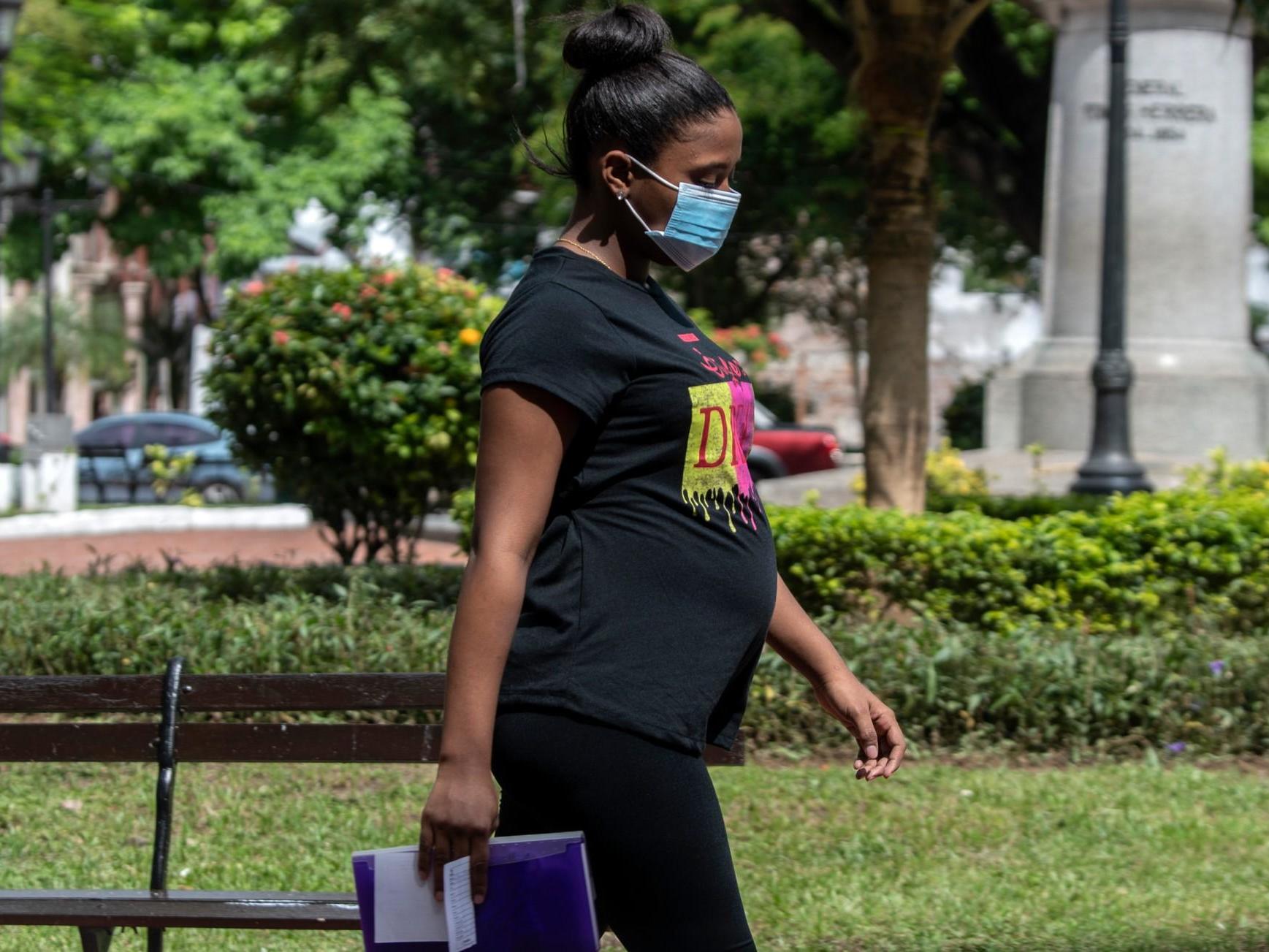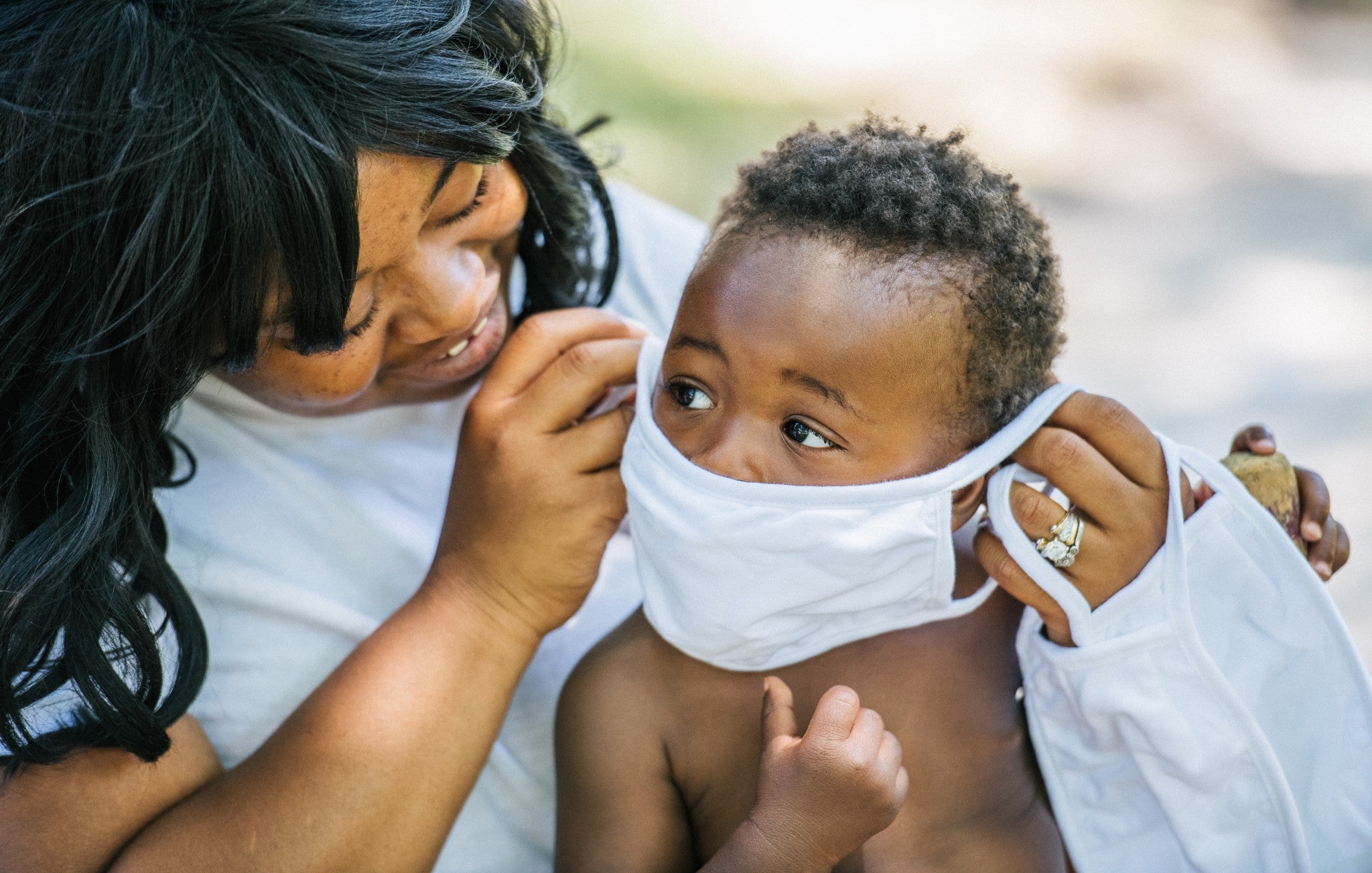Climate change can cause pregnancy risks in mostly black mothers, study shows
‘We already know that these pregnancy outcomes are worse for black women,’ says study author. ‘It’s even more exacerbated by these exposures’

Your support helps us to tell the story
From reproductive rights to climate change to Big Tech, The Independent is on the ground when the story is developing. Whether it's investigating the financials of Elon Musk's pro-Trump PAC or producing our latest documentary, 'The A Word', which shines a light on the American women fighting for reproductive rights, we know how important it is to parse out the facts from the messaging.
At such a critical moment in US history, we need reporters on the ground. Your donation allows us to keep sending journalists to speak to both sides of the story.
The Independent is trusted by Americans across the entire political spectrum. And unlike many other quality news outlets, we choose not to lock Americans out of our reporting and analysis with paywalls. We believe quality journalism should be available to everyone, paid for by those who can afford it.
Your support makes all the difference.Pregnant women exposed to high temperatures or air pollution are more likely to have children who are premature, underweight or stillborn, and African American mothers and babies are harmed at a much higher rate than the population at large, according to sweeping new research examining more than 32 million births in the United States.
The research adds to a growing body of evidence that minorities bear a disproportionate share of the danger from pollution and global warming. Not only are minority communities in the US far more likely to be hotter than the surrounding areas, a phenomenon known as the “heat island” effect, but they are also more likely to be located near polluting industries.
“We already know that these pregnancy outcomes are worse for black women,” said Rupa Basu, one of the paper’s authors and the chief of the air and climate epidemiological section for the Office of Environmental Health Hazard Assessment in California. “It’s even more exacerbated by these exposures.”
The research, published on Thursday in JAMA Network Open, part of the Journal of the American Medical Association, presents some of the most sweeping evidence so far linking aspects of climate change with harm to newborn children. The project looked at 57 studies published since 2007 that found a relationship between heat or air pollution and birth outcomes in the US.
The cumulative findings from the studies offer a reason to be concerned that the toll on babies’ health will grow as climate change worsens.
Higher temperatures, which are an increasing issue as climate change causes more frequent and intense heatwaves, were associated with more premature births. Four studies found that high temperatures were tied to an increased risk of premature birth ranging from 8.6 per cent to 21 per cent. Low birth weights were also more common as temperatures rose.
The authors looked at two studies that examined the link between higher temperatures and stillbirths. One found that every temperature increase of 1 degree Celsius in the week before delivery corresponded with a 6 per cent greater likelihood of stillbirth between May and September. Both studies found racial disparities in the number of stillbirths.
“Black moms matter,” said Bruce Bekkar, a retired gynaecologist and obstetrician and one of the co-authors of Thursday’s report, as well as a board member with the Climate Action Campaign, an advocacy group in San Diego. “It’s time to really be paying attention to the groups that are especially vulnerable.”
The paper also looked for research examining the effects of pregnancy from greater exposure to two types of air pollution: ozone, also known as smog, and tiny particles called PM 2.5. Both types of pollution are becoming more common as climate change continues, the authors said.
The vast majority of the studies reviewed in the paper concluded that ozone and PM 2.5 are also associated with preterm births, low birth weights and stillbirths. One study found that high exposure to air pollution during the final trimester of pregnancy was linked to a 42 per cent increase in the risk of stillbirth.
Another study, looking at almost half a million births in Florida in 2004 and 2005, found that for every 5km, or roughly 3 miles, closer a mother lives to a plant that uses garbage to produce energy, the risk of low birth weight increases by 3 per cent. Living closer to power plants was also tied to a higher risk of preterm birth.

Mothers with asthma were at particularly high risk. One study found that severe preterm birth, defined as a birth that occurs fewer than 28 weeks into pregnancy, increased by 52 per cent for asthmatic mothers exposed to high levels of air pollution.
Most of the studies that examined the link between air pollution and preterm birth or low birth weight found that the risks were greater for black mothers.
Catherine Garcia Flowers, a field organiser in Houston for Moms Clean Air Force, an advocacy group, said the paper was evidence that the federal government needed to tighten regulations against air pollution.
“This is a moment of reckoning for racial injustice and health disparities,” Ms Flowers said by email. “Doing nothing about air pollution, which so clearly has a greater impact on black Americans, is racism in action.”
Premature birth and low birth weight can have consequences that last a lifetime, affecting such things as brain development and vulnerability to disease, according to Nathaniel DeNicola, another of the paper’s authors and an assistant professor of obstetrics and gynaecology at George Washington University’s School of Medicine and Health Sciences.
“This really does set the stage for an entire generation,” Mr DeNicola said.
That increased risk adds to the disproportionate burden faced by black women when it comes to pregnancy. Black mothers are 2.4 times more likely to have children with low birth weight than white women, a 2018 paper found. An analysis published last year found that the risk of stillbirth was as much as twice as great for black mothers as for whites across a number of wealthy countries.
The particular vulnerability of black mothers to heat and air pollution was likely the result of several systemic problems, the authors said.
African Americans are more likely to live close to power plants and other sources of air pollution, Ms Basu said. They may also be less likely to have air conditioning in their homes or less able to afford the higher electrical bills, she said, or to live in neighbourhoods with green spaces that can help keep temperatures down.
Compounding the added risks from warming and pollution, Ms Basu said, research has shown that minority communities tend to have less access to medical help and that minority patients tend not to receive equal levels of treatment. “There might not be as much care given to a woman of colour versus a white woman,” Ms Basu said.
Adrienne Hollis, senior climate justice and health scientist for the Union of Concerned Scientists, said the problems could not be tackled in isolation. “We need to look at policies that provide equitable opportunities for communities of colour,” Ms Hollis said. “If you address structural racism, I think you’re going to start getting at some of these issues.”
New York Times
Join our commenting forum
Join thought-provoking conversations, follow other Independent readers and see their replies
Comments